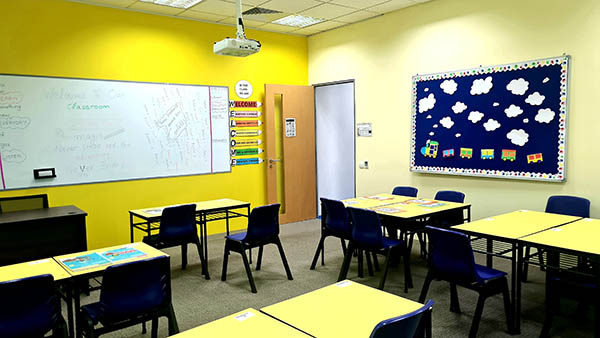
A well-designed classroom is the cornerstone of an effective learning environment, providing a space where students can engage, collaborate, and thrive academically. The layout of a classroom typically includes desks or tables arranged to facilitate both individual and group activities, fostering a flexible learning atmosphere. Comfortable seating, adequate lighting, and appropriate ventilation are essential to create a conducive environment for concentration and productivity. Modern classrooms are often equipped with technological tools such as interactive whiteboards, projectors, and computers, enhancing the teaching and learning experience by integrating digital resources and interactive content.
In addition to the physical setup, a classroom serves as a dynamic space for fostering creativity, critical thinking, and social skills. Teachers play a pivotal role in this environment, utilizing a variety of instructional strategies to engage students and address diverse learning needs. Visual aids, hands-on activities, and collaborative projects are commonly used to make lessons more interactive and enjoyable. Bulletin boards and display areas showcase student work, celebrate achievements, and provide educational content, contributing to a vibrant and stimulating atmosphere. By offering a well-organized and resource-rich space, a classroom supports the holistic development of students, preparing them for future academic and life challenges.